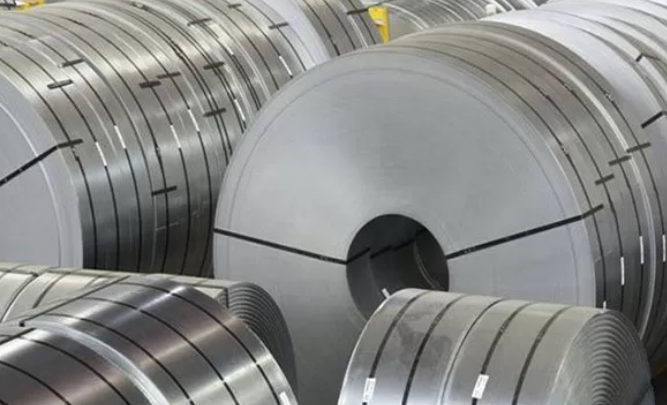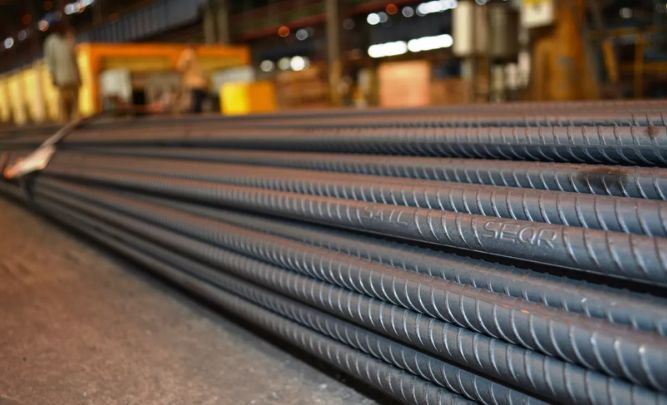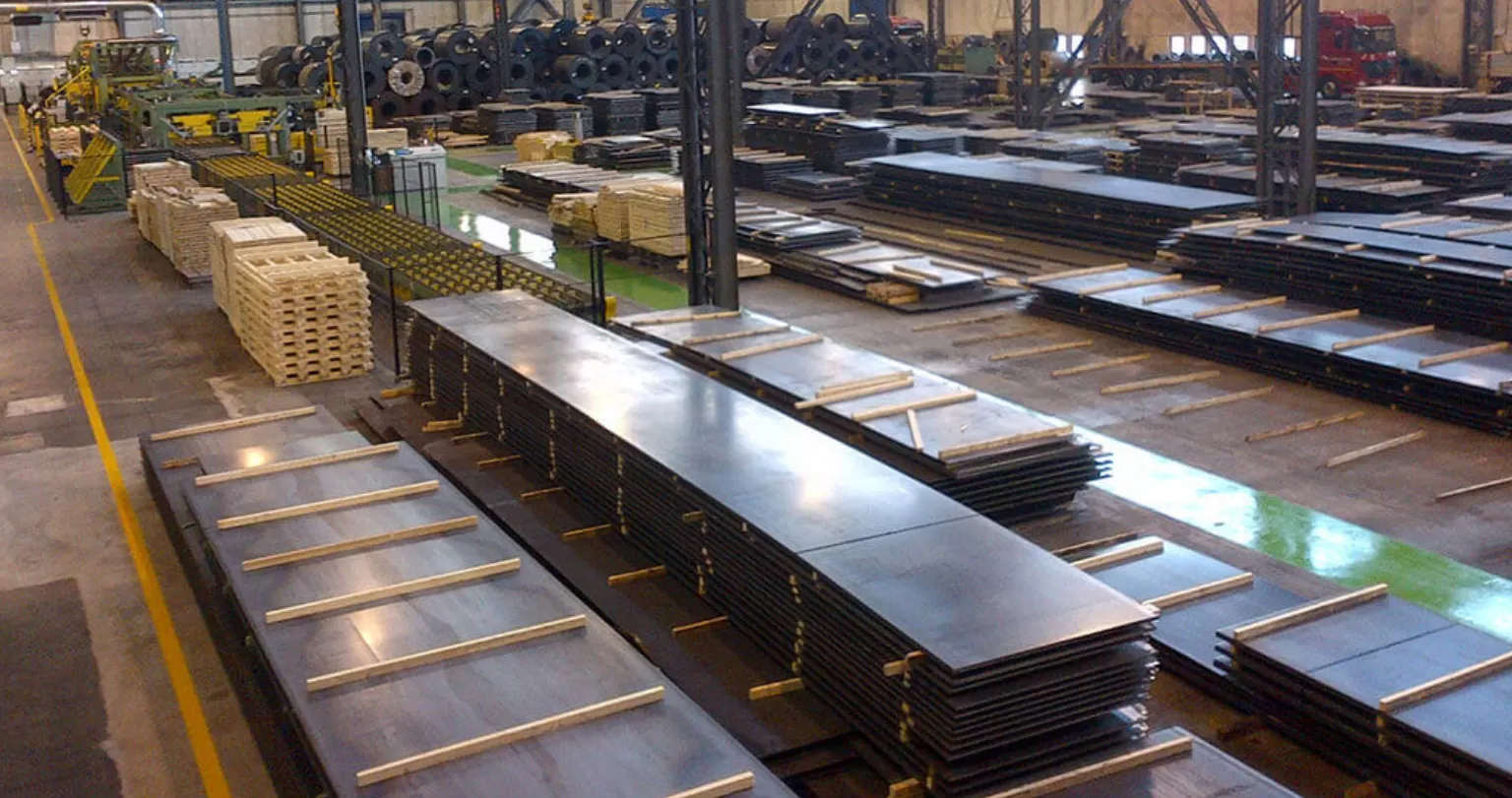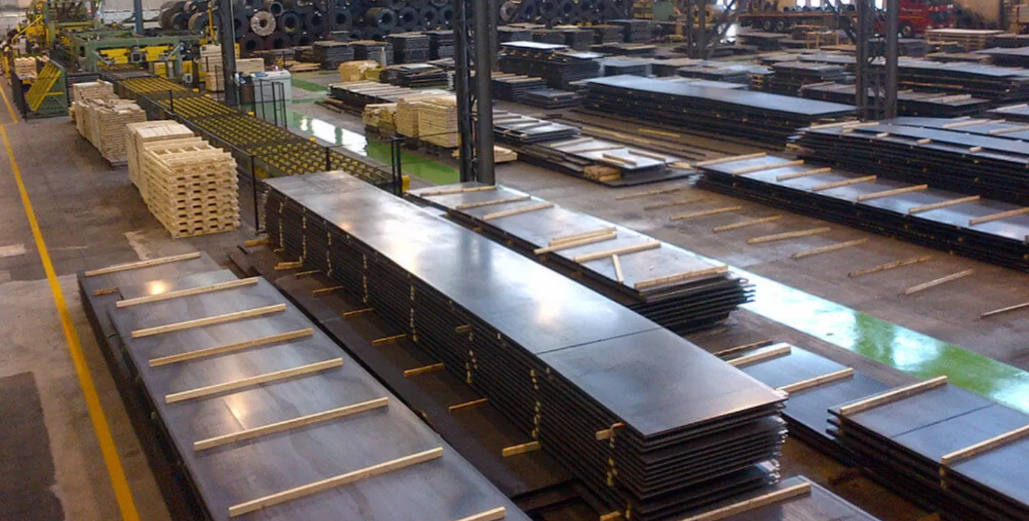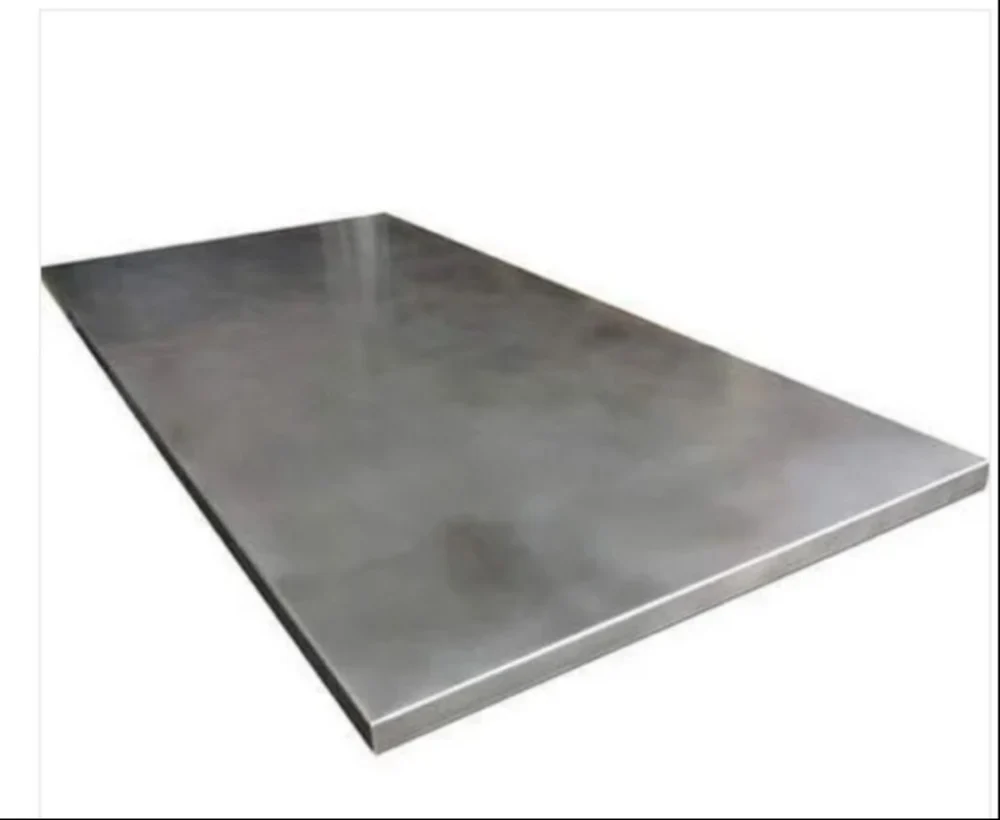When you think of high-performance alloys that are used in industries that need durability, strength and resistance to corrosion Two names are often brought out: Nitronic 60 and Inconel. These alloys have distinctive features; however, they have the same purpose in various applications. In this blog, we will examine the distinctions between Nitronic 60 Round Bar and Inconel focused on their properties, composition and the fields in which they are most commonly utilized
What is Nitronic 60?
Nitronic 60 stainless steel is an austenitic high-alloy grade with exceptional corrosion resistance in marine and acidic environments, thanks to a mixture of nickel, chromium, and manganese alloying elements that give this grade toughness as well as being capable of withstanding high temperatures. Nitronic 60 Round Bar is often utilized when both strength and wear resistance are essential elements.
Nitronic 60 stands out as an exceptional material because of its ability to resist galling, making it perfect for applications where metal parts abut each other and cause friction. As such, this property makes Nitronic 60 popularly used in bearings, valve components, and other parts that experience friction.
What is Inconel?
Inconel is a class of high-performance metals that mostly contain chromium and nickel. They are renowned for their resistance to corrosion and oxidation, especially at high temperatures. The marine aerospace and chemical processing industries use Inconel 625 and 718 because these alloys maintain their high strength and performance at temperatures above 537 degrees C (1000 degrees F).
Inconel alloys are known for their capacity to withstand high-temperature carburization and oxidation, making them suitable for parts that are exposed to harsh conditions. They are frequently employed in turbine blades, heat exchangers, and other high-temperature components.
Key Differences Between Nitronic 60 and Inconel
Composition and Alloying Elements:
- Nitronic 60 contains approximately 60% iron, and the remaining components comprise nickel, chromium, manganese, sulfur, carbon, and nitrogen, which all serve to enhance its properties.
- Inconel contains significantly higher nickel levels (between 50-70%), with variable amounts of chromium and iron depending on the alloy type, making Inconel alloys more resistant to high temperatures compared to Nitronic 60 alloys.
Temperature Resistance:
- At temperatures under 1,000°F (537°C) Nitronic 60 provides excellent resistance to oxidation and corrosion. It functions well in areas with regular or intense heat.
- Inconel performs best when temperatures surpass 1000°F but Inconel 718 and other alloys maintain their strength at higher temperatures.
Corrosion Resistance:
- Both materials provide strong corrosion protection; however, their effectiveness depends on the environment in which they’re used.
- Nitronic 60 excels in acidic marine environments due to its unique resistance against pitting and crevice corrosion.
- Inconel metal alloy is especially suited to resist high-temperature oxidation and carburization, making it a popular choice in industries involving extreme heat conditions.
Applications:
- The material Nitronic 60 serves many purposes across marine hardware production, food production lines, chemical processing systems, and automotive part manufacturing. The material fights against friction damage and wear so it works well in parts that rub together.
- Inconel is widely used in aerospace, gas turbines, and nuclear reactors, where high-temperature performance is crucial. Inconel alloys are also found in chemical plants and power generation facilities.
Choosing Between Nitronic 60 and Inconel
When deciding between Nitronic 60 Round Bar and Inconel, it’s important to consider the specific requirements of your application. If you need an alloy that performs well in moderately high temperatures with excellent corrosion resistance in acidic or marine environments, Nitronic 60 may be the ideal choice. However, if your application involves exposure to extreme heat and requires high strength at elevated temperatures, Inconel is likely the better option.
Conclusion
The material Nitronic 60 Round Bars serve many purposes across marine hardware production, food production lines, chemical processing systems, and automotive part manufacturing. The material fights against friction damage and wear so it works well in parts that rub together. Nitronic 60 stands out in conditions that need protection against corrosion and wear while Inconel leads in applications that need resistance at high temperatures. You can build reliable parts for tough settings when you match these materials to their intended uses.


